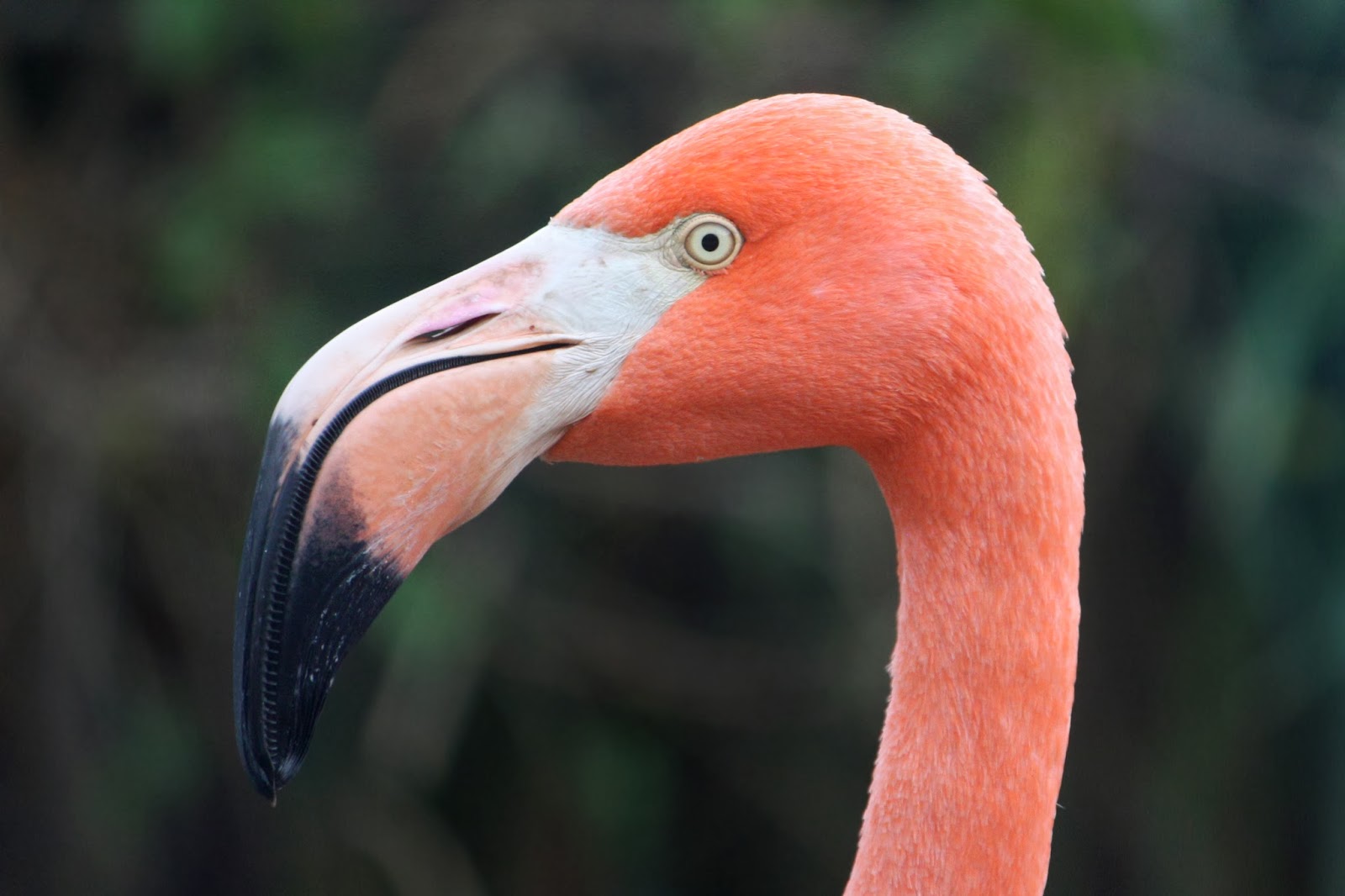Do Flamingos: The Fascinating World Of The Pink Birds
Do flamingos captivate your imagination with their vibrant colors and unique behaviors? These beautiful birds are not only a visual delight but also a subject of intrigue in the animal kingdom. In this article, we will explore everything there is to know about flamingos, including their habitat, diet, and social behavior. By the end of this detailed guide, you will have a comprehensive understanding of these stunning creatures and their significance in our ecosystem.
Flamingos are well-known for their striking pink feathers, which have made them a favorite among bird watchers and nature enthusiasts alike. Their unique adaptations and social structures contribute to their charm, making them a fascinating topic of study. Whether you are planning a visit to a flamingo habitat or simply want to learn more about them, this article will provide valuable insights.
As we delve deeper into the world of flamingos, we will cover various aspects, including their biology, behavior, and conservation status. You will discover not just what makes flamingos special, but also why they are worth protecting. Let’s embark on this journey to understand the do flamingos!
Table of Contents
- Biography of Flamingos
- Physical Attributes of Flamingos
- Habitat and Distribution
- Diet and Feeding Habits
- Social Behavior and Mating Rituals
- Conservation Status of Flamingos
- Cultural Significance of Flamingos
- Conclusion
Biography of Flamingos
Flamingos belong to the family Phoenicopteridae, and they are known for their long legs, necks, and distinctive pink feathers. There are six species of flamingos, each with its unique characteristics. These birds are primarily found in shallow lakes, lagoons, and wetlands, where they can easily forage for food.
| Species | Scientific Name | Habitat | Distribution |
|---|---|---|---|
| Greater Flamingo | Phoenicopterus roseus | Shallow lakes | Europe, Africa, Asia |
| American Flamingo | Phoenicopterus ruber | Coastal lagoons | Caribbean, South America |
| Andean Flamingo | Phoenicoparrus andinus | High-altitude lakes | South America |
| Chilean Flamingo | Phoenicopterus chilensis | Shallow marshes | South America |
| James's Flamingo | Phoenicoparrus jamesi | High-altitude lakes | South America |
| Little Flamingo | Phoenicopterus minor | Shallow lakes | Africa, Asia |
Physical Attributes of Flamingos
Flamingos are easily recognizable due to their long legs and necks, which allow them to wade through shallow waters. Their iconic pink color comes from the carotenoid pigments in their diet, primarily algae and crustaceans. Here are some key physical attributes:
- Height: Flamingos can stand between 3 to 5 feet tall.
- Weight: They typically weigh between 4 to 8 pounds.
- Wingspan: Their wingspan can reach up to 5 feet.
- Color: Flamingos range in color from pale pink to bright red, depending on their diet.
Habitat and Distribution
Flamingos are found in various regions around the world, primarily in tropical and subtropical areas. They thrive in warm climates with shallow waters, where they can easily find food. Their preferred habitats include:
- Salt flats
- Shallow lakes
- Coastal lagoons
- Wetlands
These habitats are crucial for their survival, as they provide the necessary resources for feeding and breeding.
Diet and Feeding Habits
Flamingos are filter feeders, using their specialized beaks to sift through mud and water for food. Their diet primarily consists of:
- Algae
- Cyanobacteria (blue-green algae)
- Small crustaceans
- Invertebrates
Their feeding behavior is quite fascinating; they often forage in large groups, using synchronized movements to stir up sediment and expose hidden food sources.
Social Behavior and Mating Rituals
Flamingos are highly social birds, often seen in large flocks that can number in the thousands. This social behavior plays a vital role in their mating rituals, which are elaborate and synchronized. Key aspects of their social behavior include:
Breeding Behavior
Flamingos typically mate for life. During the breeding season, males perform courtship displays that involve synchronized movements, vocalizations, and head flagging to attract females.
Parental Care
Both parents are involved in raising their young. They build nests from mud and lay a single egg, which both parents incubate. After hatching, the chicks are cared for by both parents until they can fend for themselves.
Conservation Status of Flamingos
Many flamingo species face threats from habitat loss, pollution, and climate change. Conservation efforts are critical to ensure their survival. Here are some initiatives being undertaken:
- Protected areas and reserves
- Research and monitoring of populations
- Public awareness campaigns
- Restoration of wetland habitats
Organizations worldwide are working to protect flamingos and their habitats, emphasizing the importance of conservation efforts.
Cultural Significance of Flamingos
Flamingos have captured the human imagination for centuries, often symbolizing beauty, grace, and balance. They appear in various cultures and art forms, making them significant beyond their ecological role. Some examples include:
- Flamingos in Art: Artists have long been inspired by their vibrant colors and unique shapes.
- Flamingos in Pop Culture: These birds are often featured in fashion, advertising, and social media.
- Symbol of Tropical Destinations: Flamingos are associated with tropical paradises, attracting tourists to their natural habitats.
Conclusion
In conclusion, flamingos are extraordinary birds that play a vital role in their ecosystems. Their unique physical attributes, social behaviors, and cultural significance make them a subject of fascination and admiration. Protecting their habitats and supporting conservation efforts are essential for ensuring that future generations can appreciate these magnificent creatures. We encourage you to share your thoughts in the comments below, and if you found this article informative, consider sharing it with friends or exploring more articles on our site!
References
- National Geographic. (2021). Flamingo: The Bird That’s More Than Just Pink.
- BirdLife International. (2020). Species factsheet: Phoenicopterus roseus.
- International Union for Conservation of Nature (IUCN). (2019). The IUCN Red List of Threatened Species.
Najka: The Rising Star Of The Digital World
Turned Ninja: The Evolution Of An Iconic Martial Arts Character
Toge Inumaki: The Power Of Words In Jujutsu Kaisen


